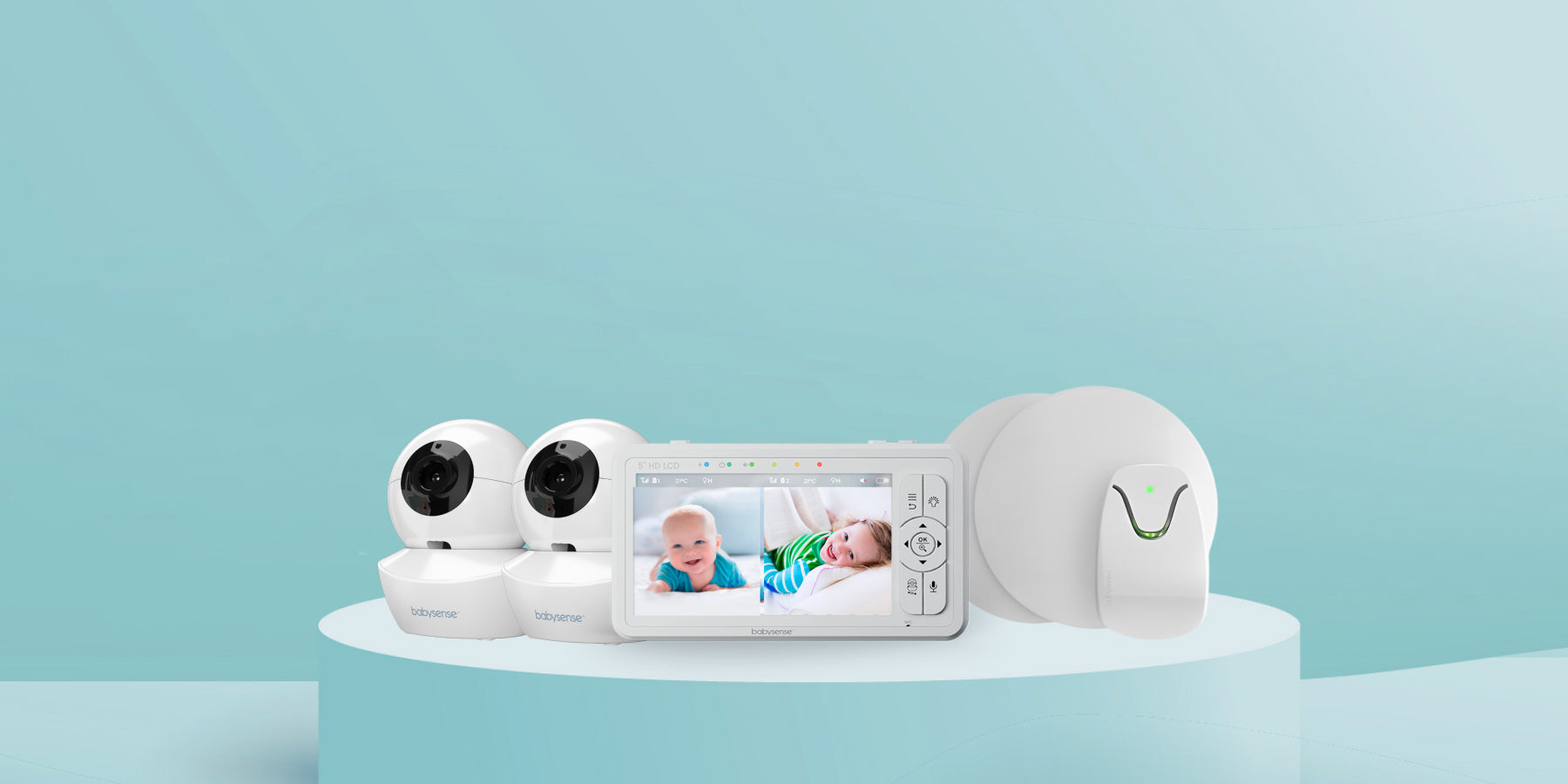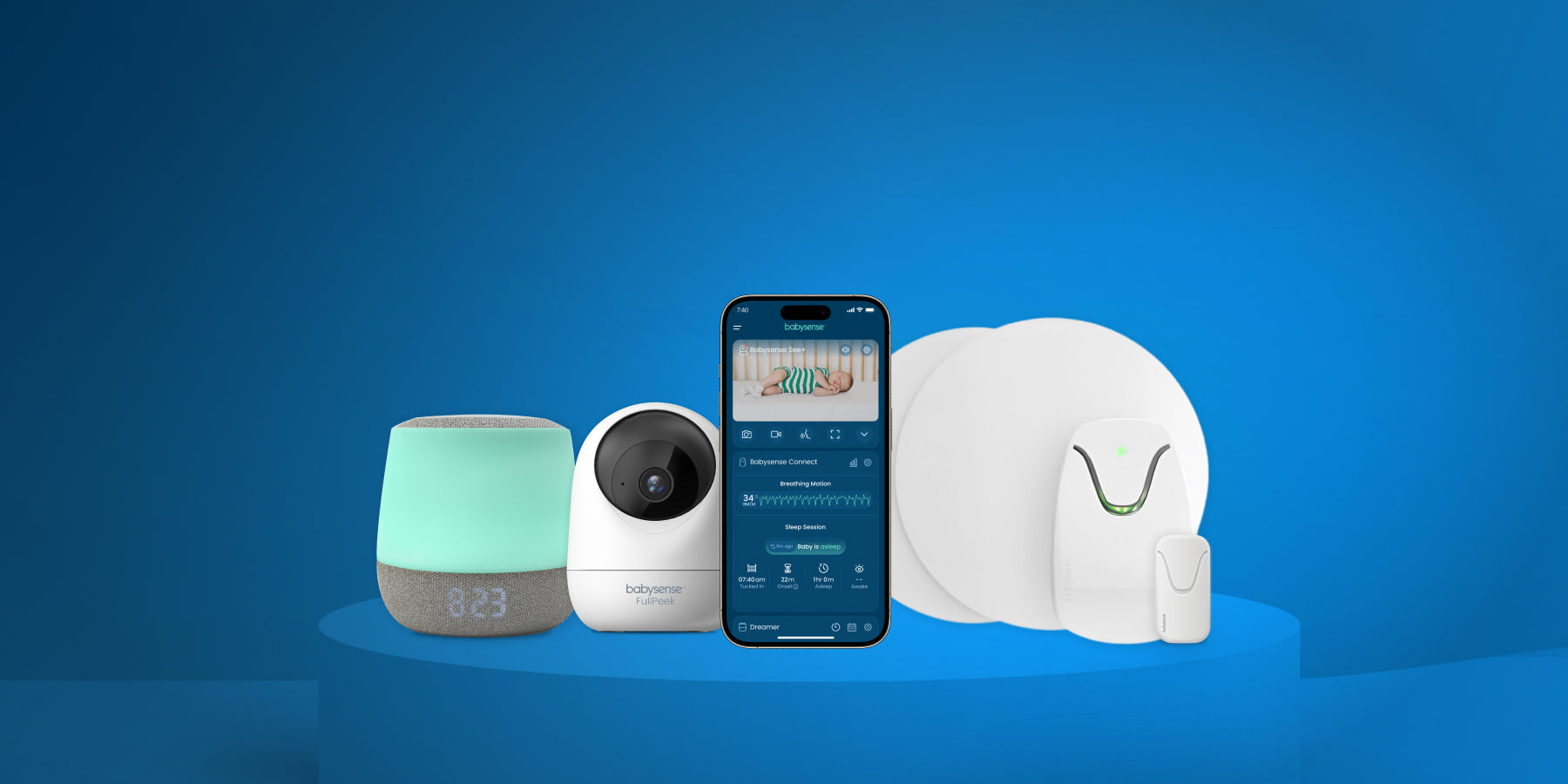Health authorities like the World Health Organisation confirm that exclusive breastfeeding (in other words feeding baby nothing but breastmilk) is ideal for the first six months. In order to reach this goal, most moms will need to express breastmilk at some time, whether because they have to return to work, leave baby with someone else, relieve engorgement or stimulate milk supply.
Manual expression or breastpump?
This depends on your needs. If you are expressing for a premature baby, rent a hospital-grade electric pump with a double collection kit in order to properly stimulate your milk supply. If you will be expressing two or more feeds per day once you return to work, a double electric breast pump is ideal and time-efficient. And if you only plan to express once in a blue moon? In that case a manual pump or hand expressing will do the job just fine.
Your let-down reflex
Breastmilk is produced by and stored in special milk-making cells in the alveoli (hollow structures resembling clusters of grapes).Around each alveolus is a basket-like network of muscle cells. When the nerve endings in your areola (the dark area around your nipple) are stimulated, your brain releases oxytocin. This hormone contracts the muscle cells around the alveoli, squeezing the milk into the ducts that lead to the holes in your nipples. This process is called the let-down or the milk ejection reflex, and without it no milk is available.
The let-down is a conditioned reflex. It occurs when baby suckles, but can also be triggered by other stimuli. Any breastfeeding mom knows that her milk often starts flowing when she hears baby cry or merely thinks about him.
In order to express milk, you will need to condition your breasts to respond to hand expression or a breast pump. For this reason, most moms only get a few millilitres – or even a few drops – the first time they express. Don’t be discouraged, practice makes perfect.
Before you start
- Wash your hands thoroughly with soap and water.
- Sterilise any equipment you are using.
- Massage your breast gently and place a warm facecloth on it to stimulate milk flow.
- If you are away from baby you can increase milk flow by thinking about him, looking at a photo, recording his cry on your phone and replaying it, or smelling a blankie or article of clothing with his smell.
- Cup your breast tissue between your thumb and the rest of your fingers. Place your fingertips just behind your areola.
- Squeeze your breast tissue backwards, towards your ribs. Press your fingers together and roll as if you are making fingerprints.Release the pressure and repeat the process in a rhythmical fashion. It may take a minute or two to trigger a let-down reflex.
- When the milk stops flowing, rotate your wrist to place your fingers on a different section of the breast. Repeat on the other side.
- Hand expression should not hurt. Don’t slide your fingers along the skin as the friction may damage your tissue. Don’t compress your nipple as the milk is not stored there, but further back in the breast tissue.
- Many moms find it easier to hand express into a wide-necked container than into a bottle.
- Buy your own, do not use second hand pumps.
- Choose a flange that is well-suited to your nipple size. You should see space around the nipple and the areola should not be pulled into the flange tunnel during pumping. Friction on your nipple or areola can damage the sensitive tissue.
- Apply warm moist heat and massage your breast before pumping to encourage the let-down reflex.
- Centre your nipple in the flange and turn the suction down to the lowest setting. Switch the pump on and adjust the suction. It should be strong but never painful.
- The milk will start flowing once your let-down is triggered, usually after a minute or two. Keep pumping until the flow stops. It usually takes at least 15 minutes to pump with a good quality double electric pump and even longer with a single or manual pump.
- A cooler bag with ice bricks for up to 24 hours;
- A fridge for 5 days;
- The freezer compartment of a two-door refrigerator for two weeks;
- A chest freezer for up to six months.
- Defrost breastmilk in lukewarm water, never at room temperature or in the microwave.
- It is normal for expressed breastmilk to separate into layers. The bottom may have a bluish colour while the top layer is yellow and creamy. After thawing, gently shake the container to mix the fat back in.
- Feed it to baby straightaway.
- Never refreeze thawed milk.





